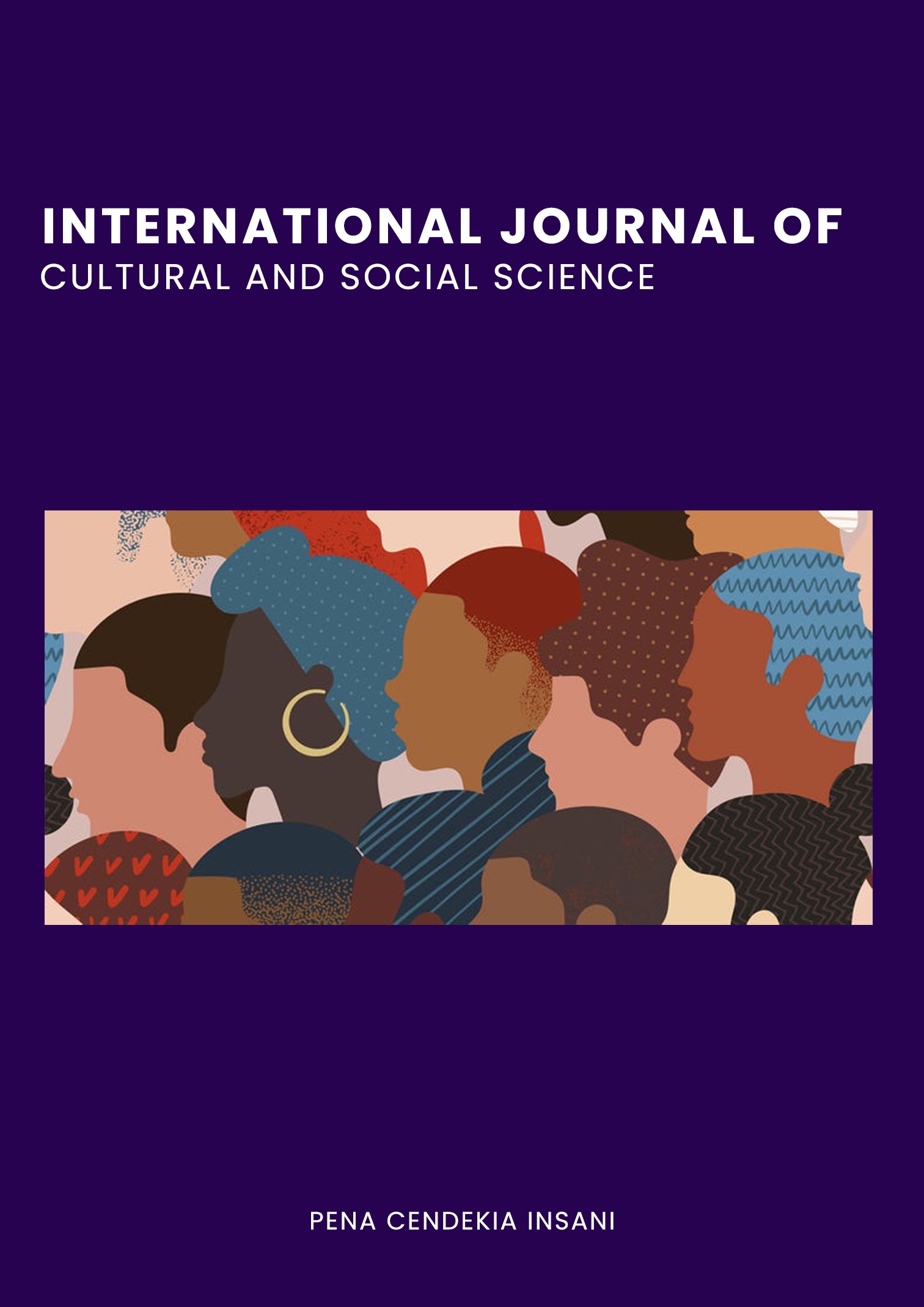THE INFLUENCE OF TALENT MANAGEMENT, MOTIVATION, AND ENGAGEMENT ON EMPLOYEE PRODUCTIVITY AT PT GSI STEEL MELTING PLANT
DOI:
https://doi.org/10.53806/ijcss.v6i1.1045Keywords:
Talent Management, Motivation, Employee Engagement, ProductivityAbstract
Employee productivity is a key factor in organizational success in labour-intensive industries, such as steel smelters. PT GSI faces the challenge of low productivity, as reflected in increased employee absenteeism and job dissatisfaction, despite implementing various management policies. Therefore, this study aims to analyze the effects of talent management, motivation, and Employee Engagement on employee productivity and to test the mediating roles of motivation and engagement. This study employs a quantitative approach with a survey design, selecting a random sample of 153 permanent employees from PT GSI. Data collection was conducted through a questionnaire, whose validity and reliability were assessed using Cronbach's Alpha method and Confirmatory Factor Analysis (CFA). Furthermore, data analysis was conducted using Partial Least Squares (PLS) and Structural Equation Modelling (SEM) techniques, with a significance level of p < 0.05. The results showed that talent management had a significant effect on employee motivation ( ?= 0.689, p < 0.01) and engagement (?= 0.568, p < 0.01). Additionally, motivation and engagement have been proven to have a significant impact on employee productivity. PLS-SEM path analysis reveals motivation and engagement as effective mediating variables in the relationship between talent management and employee productivity. This study provides academic and practical contributions by revealing the mechanism of productivity improvement through talent management. The implication is that PT GSI needs to develop policies that support talent development, increase employee motivation, and encourage engagement to optimize company productivity.References
J. E. Stiglitz, Globalization and its discontents revisited: Anti-globalization in the era of Trump. WW Norton & Company, 2017.
P. M. Wright and G. C. Mcmahan, “Exploring human capital: Putting ‘human’ back into strategic human resource management,” Human Resource Management Journal, vol. 21, no. 2, 2011, doi: 10.1111/j.1748-8583.2010.00165.x.
World Steel Association, “World Steel in Figures Report 2021,” 2021.
D. Llewellyn and R. Hudd, Steels: metallurgy and applications. Elsevier, 1998.
D. G. Collings and K. Mellahi, “Strategic talent management: A review and research agenda,” Human Resource Management Review, vol. 19, no. 4, 2009, doi: 10.1016/j.hrmr.2009.04.001.
A. M. Saks and J. A. Gruman, “What Do We Really Know About Employee Engagement?,” Hum Resour Dev Q, vol. 25, no. 2, 2014, doi: 10.1002/hrdq.21187.
Y.-L. Chen and S.-J. Chen, “Looking at both sides of high-performance work systems and individual performance: a job demands?resources model,” Journal of Management & Organization, vol. 29, no. 5, 2023, doi: 10.1017/jmo.2021.4.
M. S. Abdullahi, A. Adeiza, F. Abdelfattah, M. Fatma, O. Fawehinmi, and O. Aigbogun, “Talent management practices on employee performance: a mediating role of employee engagement in institution of higher learning: quantitative analysis,” Industrial and Commercial Training, vol. 54, no. 4, 2022, doi: 10.1108/ICT-10-2021-0075.
H. Tamsah, J. Nurung, Nasriani, and Y. Yusriadi, “Talent and Knowledge Management on Performance in Public Organization.,” International Journal of Professional Business Review, vol. 8, no. 4, 2023, doi: 10.26668/businessreview/2023.v8i4.1557.
R. M. Ryan and E. L. Deci, “Intrinsic and Extrinsic Motivations: Classic Definitions and New Directions,” Contemp Educ Psychol, vol. 25, no. 1, 2000, doi: 10.1006/ceps.1999.1020.
J. Wen, S. (Sam) Huang, and P. Hou, “Emotional intelligence, emotional labor, perceived organizational support, and job satisfaction: A moderated mediation model,” Int J Hosp Manag, vol. 81, 2019, doi: 10.1016/j.ijhm.2019.01.009.
L. Ilhamiyah and Y. T. Harsono, “Pengaruh Keterlibatan Kerja Terhadap Organizational Citizenship Behavior Pada Karyawan Rokok di Malang,” Flourishing Journal, vol. 2, no. 3, 2022, doi: 10.17977/um070v2i32022p152-160.
Hair, J. F., Hult, G. T. M., Ringle, C. M., & Sarstedt, M. (2010). A primer on partial least squares structural equation modeling (PLS-SEM). Thousand Oaks, CA: Sage Publications.
Pasmore, W., Francis, C., Haldeman, J., & Shani, A. (1982). Socio-technical systems: A sourcebook. Naval Postgraduate School.
Henseler, J., Ringle, C. M., & Sinkovics, R. R. (2009). The use of partial least squares path modeling in international marketing. Advances in International Marketing, 20, 277–319.
. Bakker, Arnold B., dan Demerouti, E. (2008). "Towards a Model of Work Engagement." Career Development International, 13(3): 209-223. doi: 10.1108/13620430810870476.
. Almomani, Laith M., Rateb Sweis, dan Bader Yousef Obeidat. (2022). “The Impact of Talent Management Practices on Employees’ Job Satisfaction.” International Journal of Business Environment 13(3): 259–81.
Wen, Jin, Chao Li, dan Jie Wang. (2019). "The Relationship between High Employee Engagement and Employee Loyalty." International Journal of Hospitality Management, 81: 120-130. doi: 10.1016/j.ijhm.2019.01.009.
Downloads
Published
Issue
Section
License
Copyright (c) 2025 Eddy Susanto, I Nengah Suarmanayasa , Kadek Rai Suwena

This work is licensed under a Creative Commons Attribution-ShareAlike 4.0 International License.










